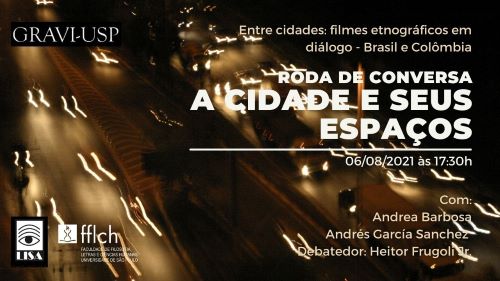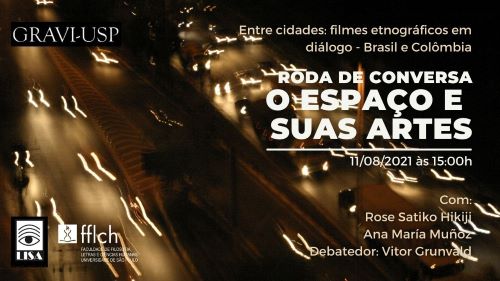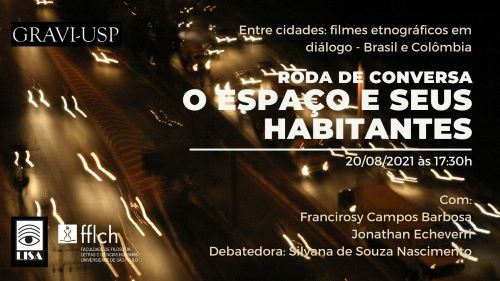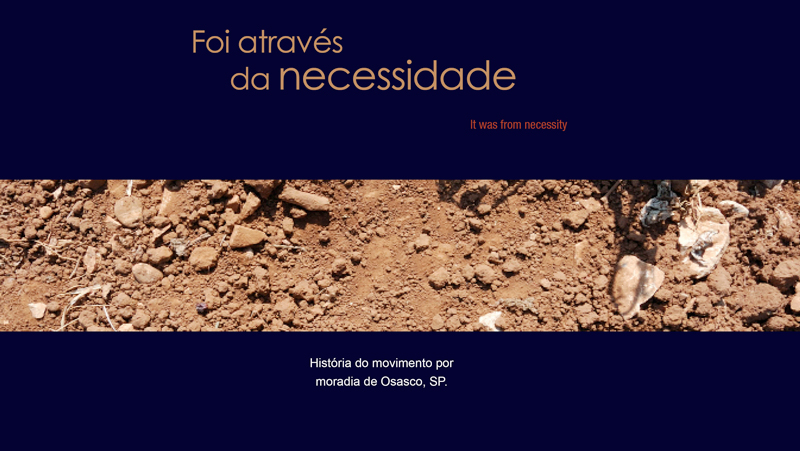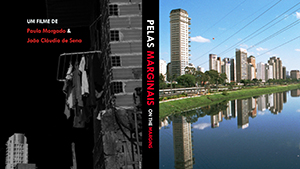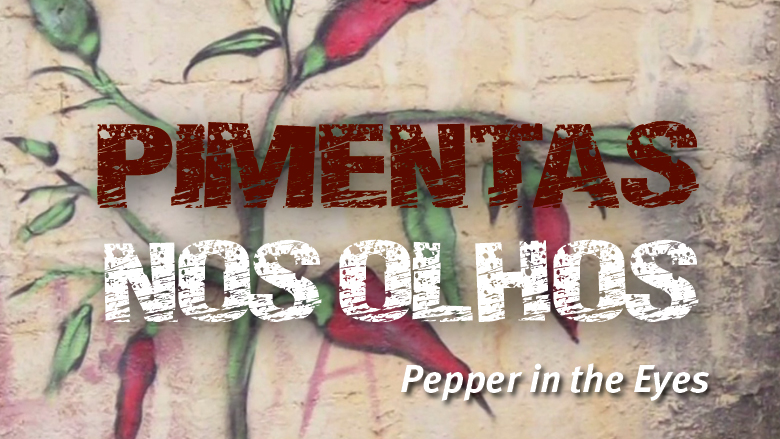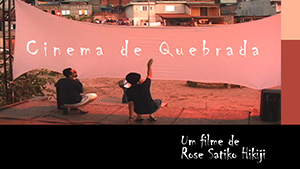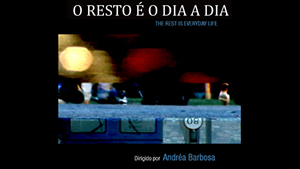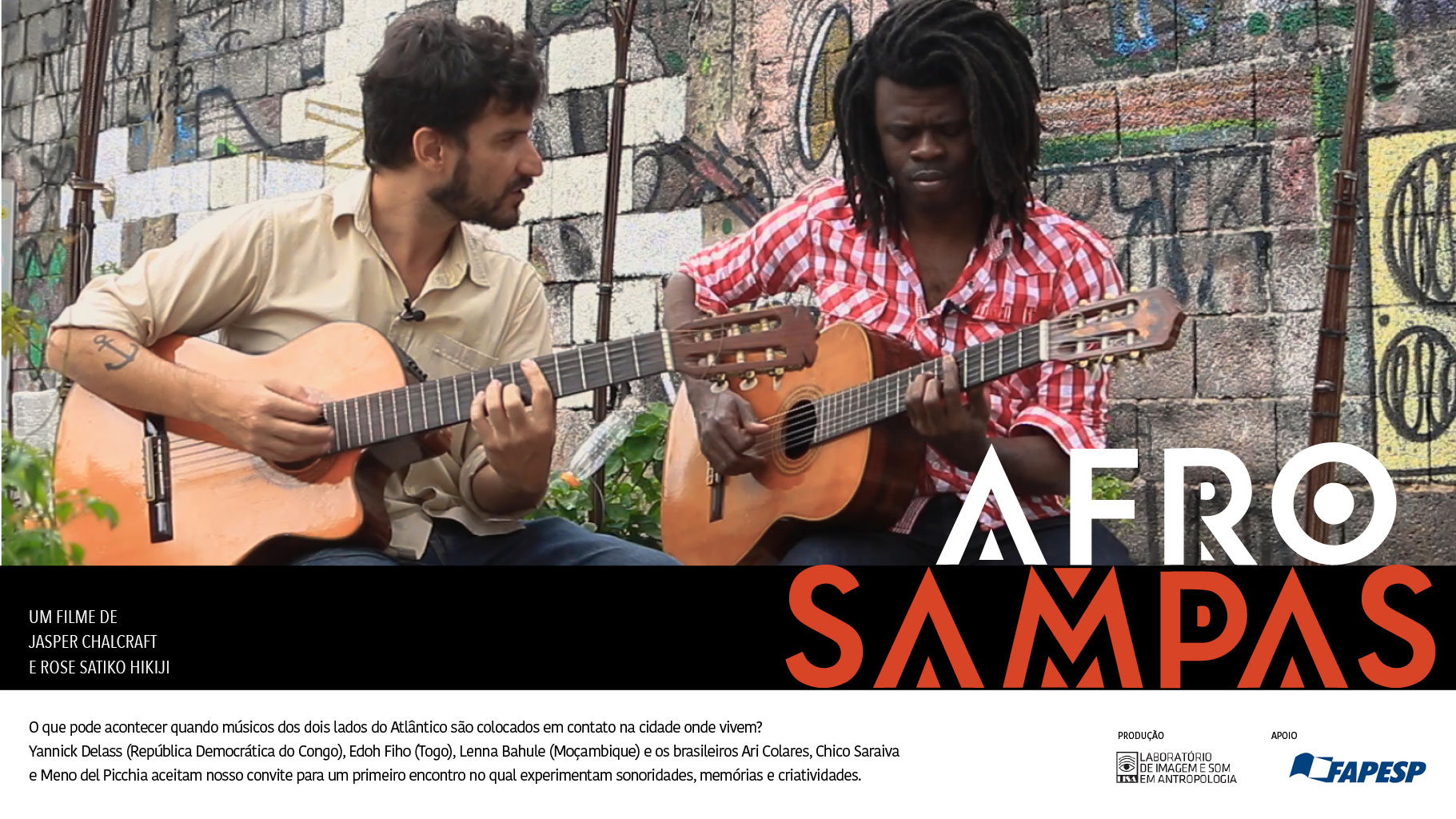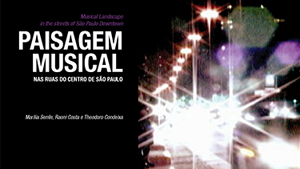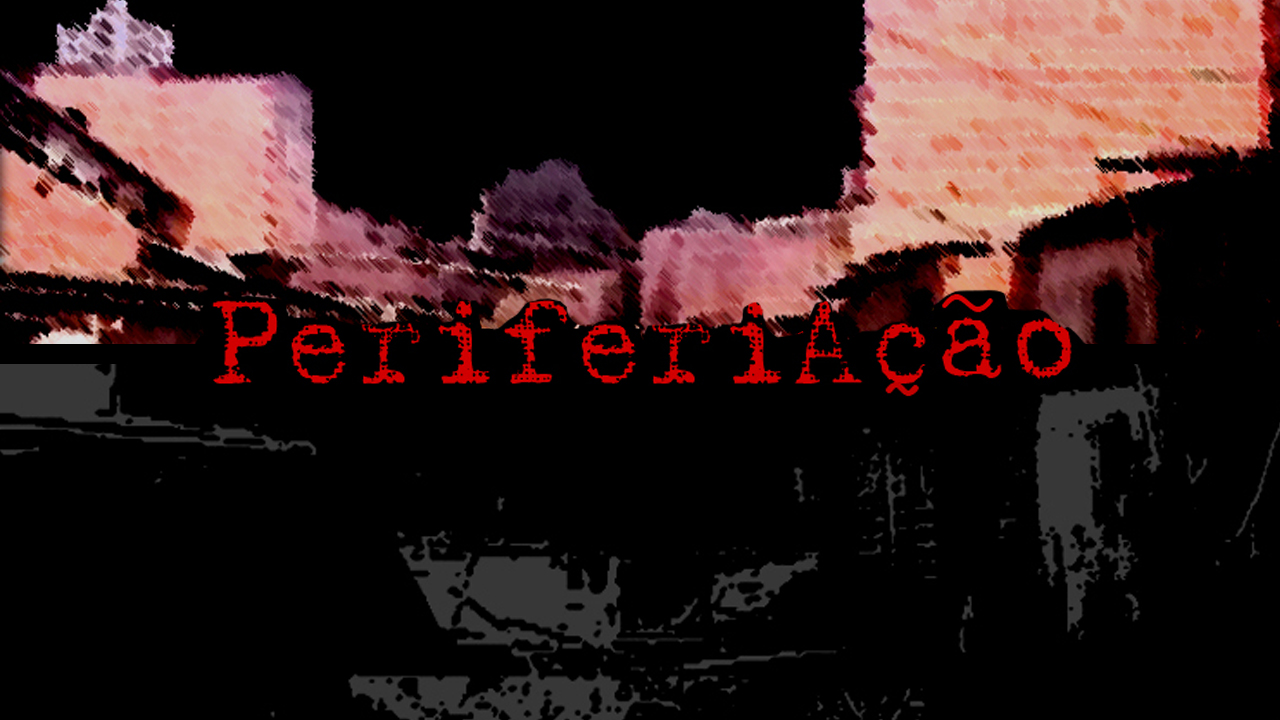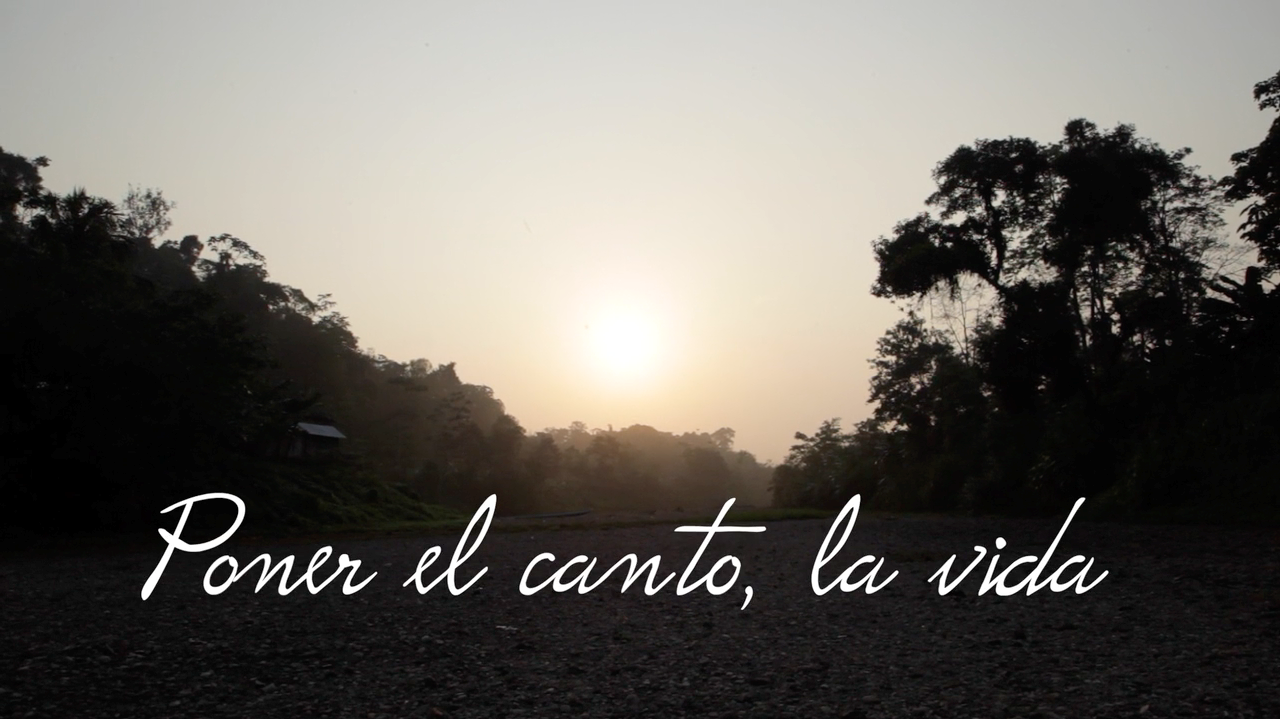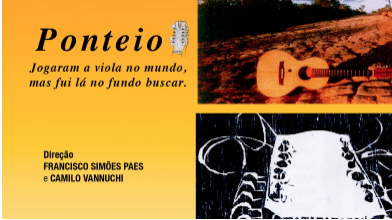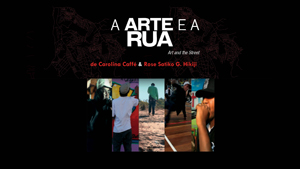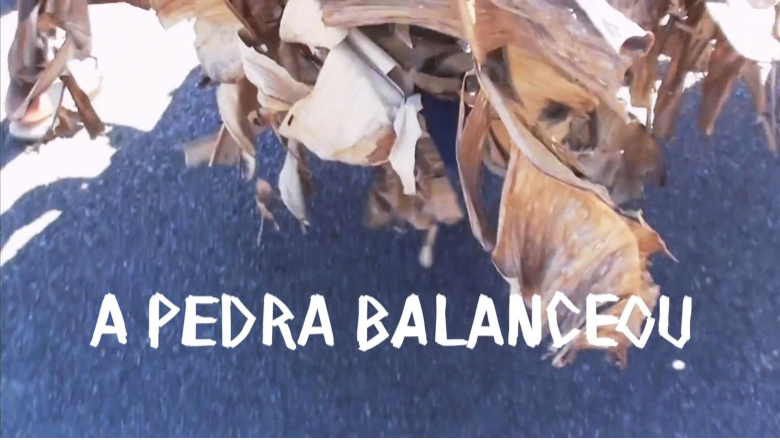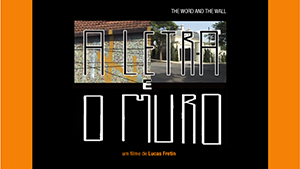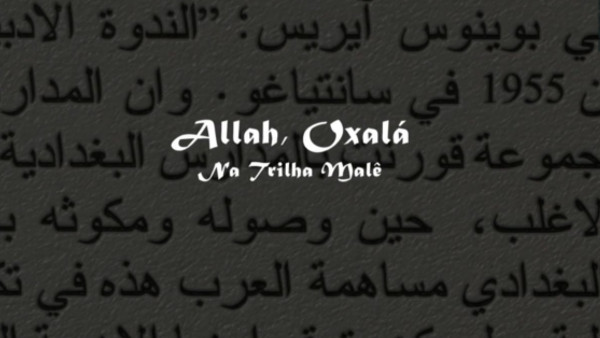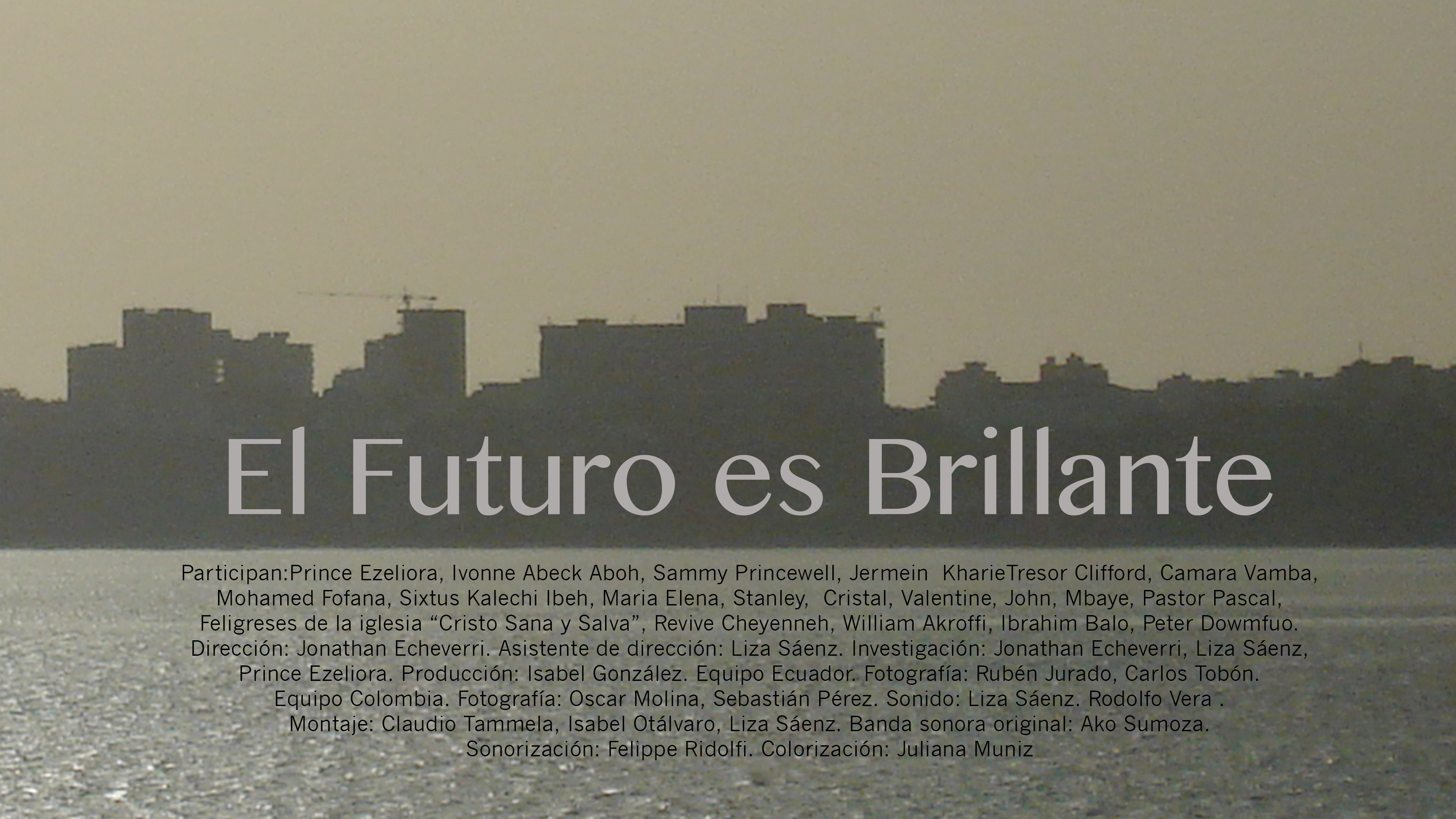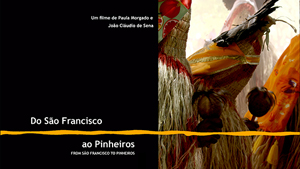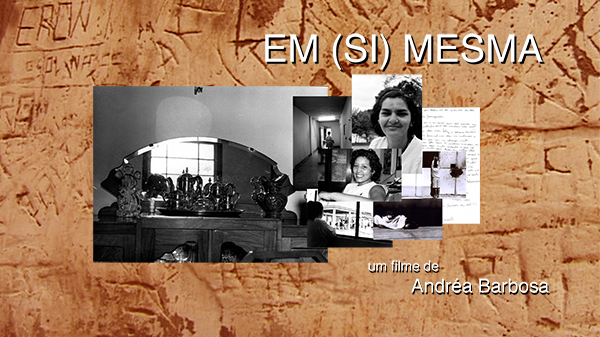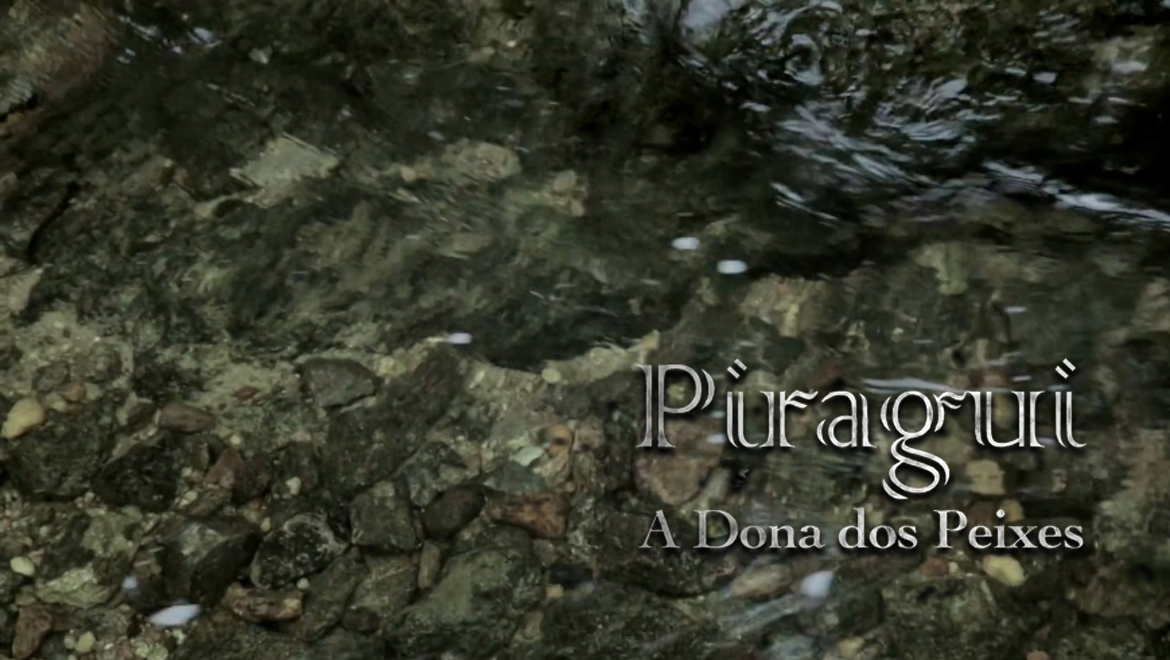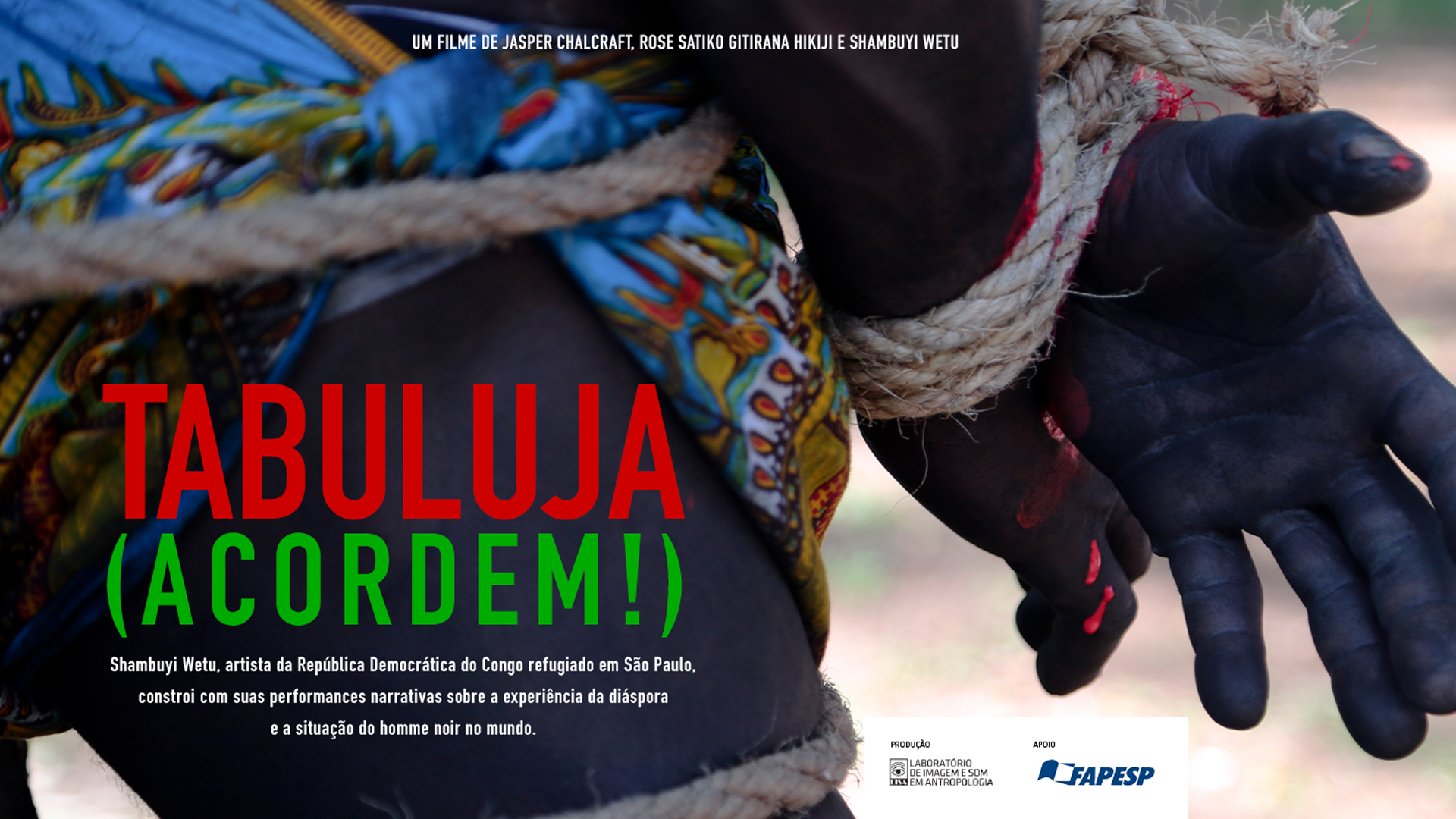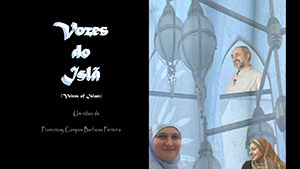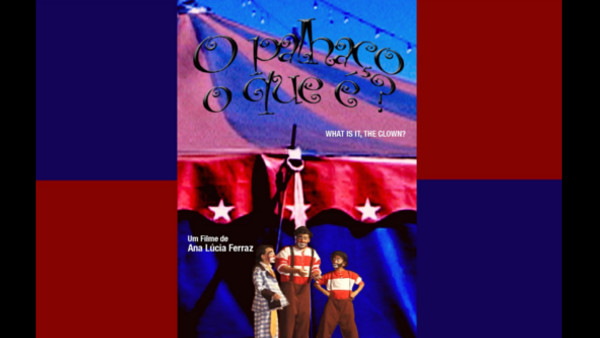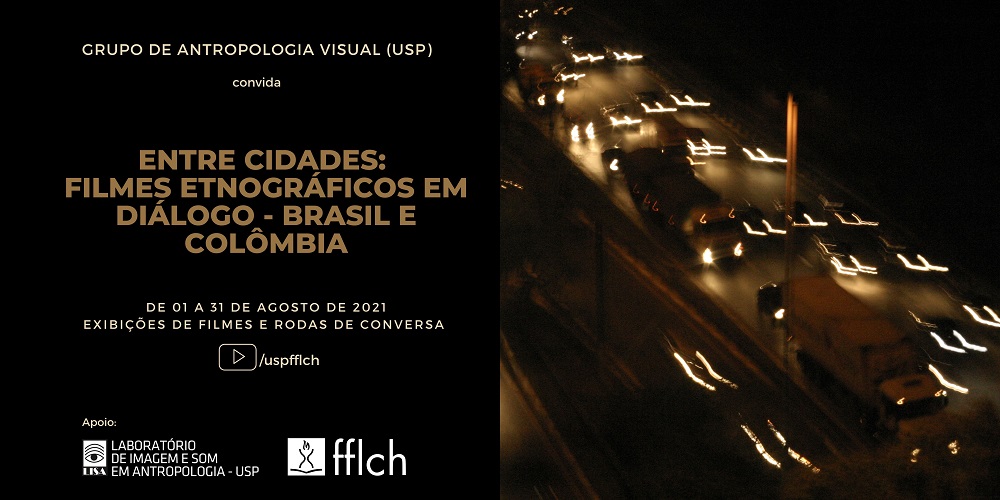
Film show and conversation circles
The state of São Paulo, in Brazil, and the region of Antioquia, in Colombia, are spaces where multiple cultural and social manifestations converge, making it difficult to summarize them in a few words and forms. Both bring together numerous contradictions and urban challenges related to immigration, inequalities and violence. The works presented in this exhibition narrate multiple possibilities of (re)existing. Through art, housing, religion and other practices, many peoples weave the plots of the territories that are the stage for these films.
Celebrating 30 years of creation and 20 years of production by the Laboratory of Image and Sound in Anthropology (LISA) of the Anthropology Department of the University of São Paulo (USP), this exhibition proposes a filmic dialogue between multiple cities in the regions mentioned, through colors , sounds and movements recorded by the lenses of anthropologists and anthropologists from the two countries, Brazil and Colombia.
Throughout the month of August 29 films that received support or were produced by LISA will be screened, in addition to Colombian productions. The films will be distributed in three programs. The first, The city and its spaces, highlights different places as articulating powers that affect and mobilize people. The second, Space and its arts, includes portraits of different artistic and cultural expressions in urban contexts. Finally, in the third, Space and its inhabitants, the focus shifts to people who, in their own way, circulate and appropriate spaces in the registered contexts, seeking different forms of belonging. Each program of the exhibition will feature a conversation circle about the films, which will feature the participation of directors and researchers who investigate the topics covered.
Coordination
Paula Morgado (LISA/USP)
Curatorship and production
Jefferson Carvalho (PPGAS/USP)
Isabel Wittmann (PPGAS/USP)
Liza Acevedo (PPGAS/USP)
Paula Morgado (LISA/USP)
Production and Dissemination Assistant
Julia Generoso (PUB/USP)
Realization: Visual Anthropology Group (GRAVI)/USP
Support: LISA and FFLCH
Circles of conversation
06/08, 5:30 pm
Program 1 - The city and its spaces - https://youtu.be/shp-4nkv-hE
Coordination: Paula Morgado
The city and its spaces highlight different places as articulating powers that affect and mobilize people.
Guests:
Andrea Barbosa (UNIFESP)
Andrés García Sanchez (Universidad de Antioquia)
Discussionist: Heitor Frugoli Jr.(USP)
11/08, 3:00 pm
Program 2 - Space and its arts - https://youtu.be/d5jgOjjAfgs
Coordination: Isabel Wittmann
Space and its arts encompasses portraits of diverse artistic and cultural expressions in urban contexts.
Guests:
Rose Satiko Hikiji (USP)
Ana María Muñoz (Universidad de Antioquia)
Debater: Vitor Grunvald (UFRGS)
08/20, 5:30 PM
Program 3 - Space and its inhabitants - https://youtu.be/iG0bUCWryKg
Jeferson Carvalho Coordination
The space and its inhabitants addresses people who, in their own way, circulate and appropriate spaces in the registered contexts, seeking different forms of belonging.
Guests:
Francirosy Campos Barbosa (USP Ribeirão Preto)
Jonathan Echeverri (Universidad de Antioquia)
Discussionist: Silvana de Souza Nascimento (USP)
Guests (in alphabetical order):
Ana María Muñoz. Anthropologist and audiovisual producer. She has a postgraduate degree in executive production from the Ibermedia program and is a Master's student in Documentary Cinema. Her projects have been recognized and & nbsp; exhibited at national and international festivals, markets and workshops. Her first work as a feature film producer is Cantos que Inundan el Río (Hot Docs 2021). She is a researcher at the Culture, Violence and Territory group at the University of Antioquia, where she works on the memory narratives of the Colombian armed conflict. She coordinated the production of content for the central room of the Museo Casa de la Memoria in Medellín.& nbsp;
Andréa Cláudia Miguel Barbosa. Anthropologist, professor at the Department of Social Sciences at the Federal University of São Paulo/UNIFESP. Researcher of the Visual Anthropology Group at USP and member of the editorial committee of Revista GIS – Gesto Imagem e Som at USP. Since 2007, she coordinates the Visual and Urban Studies Group (VISURB) at UNIFESP. She was a member of the Visual Anthropology commissions of ABA-Associação Brasileira de Anthropology and of the Audiovisual Commission of ANPOCS. She is the author of the books São Paulo Cidade Azul (Alameda / FAPESP, 2012) and Anthropology and Image (Zahar, 2006); she is the organizer and author of the books The Experience of Image in Ethnography (Terceiro Nome, 2016), Social Sciences in Dialogue (Ed.UNIFESP, 2014), Image-knowledge (Papirus, 2009), Scriptures of Image (EDUSP, 2004). She directed the documentaries O rest é o dia a dia (2001), In the corner of the eyes (2006), In (itself) (2006), Peppers in the eyes (2015), Photographs and objects. Memory and experience in the city of Celina (2016) and Corpocidade (2021), among others. In 2015, she served as a Visiting Scholar at the SAME- School of Anthropology & amp; Museum Ethnography, Oxford University.
Andrés García Sanchez. Anthropologist and Master in Socio-Spatial Studies from the University of Antioquia. Doctor in Social Anthropology from the Federal University of Amazonas. His research and professional interests include socio-environmental and territorial conflicts, Afro-Colombian and ethnic studies, armed conflicts and peacebuilding, social mobilization and social cartography. He is currently coordinator of the Territorial Studies Group (GET) of the Institute of Regional Studies at the University of Antioquia. He teaches in the Master's Degree in Socio-Spatial Studies, Graduate Studies in Theories, Methods and Techniques of Social Investigation, and Degree in Territorial Development.
Francirosy Campos Barbosa. Anthropologist, associate professor at the Department of Psychology at the University of São Paulo, Ribeirão Preto campus (FFCLRP). She is a CNPq Research Productivity Fellow (PQ-2) and held a post-doctorate at the University of Oxford in Islamic Theology under the supervision of Prof. Tariq Ramadan. She is the coordinator of the Group on Anthropology in Islamic and Arab Contexts (GRACIAS). Researcher at the Visual Anthropology Group (GRAVI) and at the Performance and Drama Anthropology Nucleus (NAPEDRA), Contemporary Religious Studies and Black Cultures (CERNe) groups at USP. She has experience in the field of Anthropology, with an emphasis on Anthropological Theory, working mainly on the following topics: Islam, Muslim women, performance anthropology, visual anthropology, methodology. She produced documentaries: Allahu Akbar, Voices of Islam, Sacrifice, Allah, Oxalá on the Malê trail, among others.
Jonathan Echeverri. Anthropologist, professor at the Department of Anthropology at the University of Antioquia, in Medellín, Colombia. Doctor in Anthropology from the University of California, Davis. His main topic of interest is human movement. In his research trajectory, he develops the concept of errance as an alternative to understanding the travel stories of Africans looking for better horizons beyond the African continent. He is currently working on a research project in the northwestern tip of Colombia entitled “Following the thread of the errance: South-South traveler's itineraries through Urabá.” & nbsp;
Heitor Frúgoli Jr. Anthropologist, professor at the Department of Anthropology at the Faculty of Philosophy, Letters and Human Sciences at the University of São Paulo (USP). Coordinator of the City Anthropology Study Group (GEAC) at USP. He was a professor at the Chair of Brazilian Studies at the University of Leiden (2010) and Directeur d’ études at the École des Hautes Études en Sciences Sociales (2013). He has been a CNPq researcher since 2005 and was co-organizer of the collections Practices, conflicts, spaces: research in anthropology of the city (Rio de Janeiro: Gramma/Fapesp, 2019) and Urban Plurality in São Paulo: vulnerability, marginality, activism (S. Paulo: Ed. 34/Fapesp, 2016) and the dossier "Ce que l'anthropologie doit au Brésil: terrains et théories". Brazil(s), no. 9, 2016.
Rose Satiko Gitirana Hikiji. Anthropologist, professor at the Department of Anthropology at the Faculty of Philosophy, Letters and Human Sciences, University of São Paulo. She is a CNPq Research Productivity Fellow (PQ-2). Bachelor in Social Communication from the Methodist University of São Paulo (1992) and in Social Sciences from USP (1995), Master (1999) and PhD (2004) from the University of São Paulo, with post-doctorate (2005) in Social Anthropology from USP. She is vice-coordinator of the Laboratory of Image and Sound in Anthropology (LISA) at USP, coordinates the Researches in Musical Anthropology (PAM) group and is vice-coordinator of the Visual Anthropology Group (GRAVI-USP) and researcher at the Anthropology Nucleus at Performance and Drama (NAPEDRA-USP). She has directed several ethnographic videos and has carried out research with FAPESP support (from her master's to postdoctoral degree). His research addresses the following topics: cinema and violence, music in intervention projects for children and youth, ethnographic film, audiovisual and artistic production in the periphery, music and African immigration.
Silvana de Souza Nascimento. Anthropologist, professor at the Department of Anthropology at the University of São Paulo. Coordinator of Coccyx - Indisciplinary Studies of the Body and Territory, at USP and researcher at Diversitas - Center for the Study of Diversities, Intolerances and Conflicts (USP). She currently coordinates the Postgraduate Program in Humanities, Rights and Other Legitimacies, at USP. She conducts research in the areas of Urban Anthropology and Social Markers of Difference, and has addressed the following topics: borders, corporeality, mobilities, cities and transfemininities.
Vitor P. Grunvald. Anthropologist-director, professor at the Federal University of Rio Grande do Sul. Bachelor in Social Sciences at the Pontifical Catholic University of Rio de Janeiro (2005), Master in Social Anthropology at the National Museum/UFRJ, Doctor in Social Anthropology at the University of São Paulo (2015), with post-doctorate at the University of São Paulo (2018 -2019). With a degree in Film Direction from the International Film Academy, he produced photographic, audiovisual and artistic works. He has experience and interest in the fields of Visual Anthropology, Anthropology of Performance, Art, Body, Gender and Sexuality. He coordinates the Visual Anthropology Nucleus (Navisual) at UFRGS and also the Artistic / Audiovisual Universes Recognition Group (GRUA / UFRJ). He is a member of the research groups: Visual Anthropology Group (GRAVI), Anthropology, Performance and Drama Nucleus (NAPEDRA), Nucleus for Studies on Social Markers of Difference (NUMAS) and Musical Anthropology Research (PAM), all linked to the University from São Paulo.



